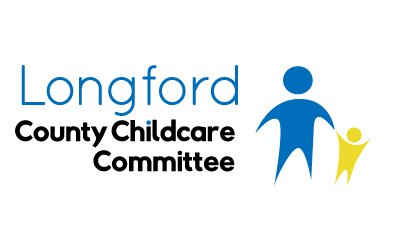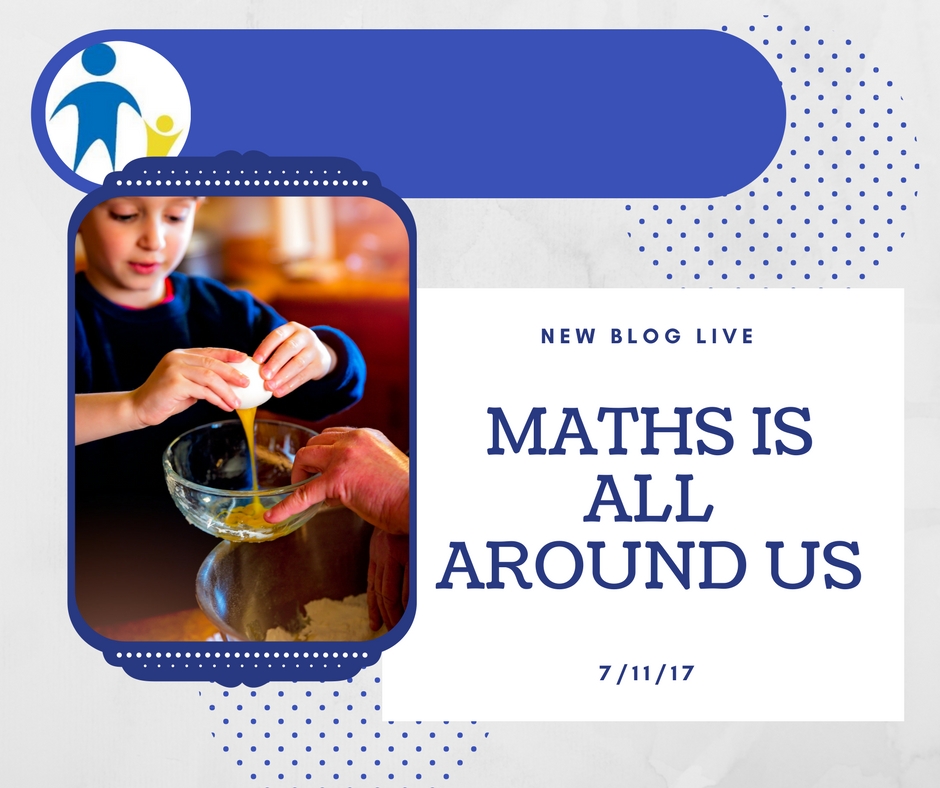While maths may not have been the strongest subject for everyone in primary and secondary school, when it comes to early years, we should not shy away from it. For many children it is part of their daily life already and we need to see that, appreciate it and to extend that learning. We as Early Years teachers need to embrace that. For us, maths is all around us, in our learning environment indoors and outdoors, by observing our children and creating learning stories, we can also emphasise this learning to their parents. What can we do as adults?
As teachers we need to
Get children counting, practitioners need to help children learn the language of maths, and “some researchers wonder whether or not mathematics itself is a language (Pound, 1999), Mathematics uses numbers and number systems instead of the alphabet, but it is also a language: a language of patterns and symbols”. (Barnardos, 2012).
So get children counting, start with one to ten, don’t stop there, continue to twenty, when they master that, introduce new decade names, like thirty, forty, fifty and so on. Counting can come into every area of play, whether it’s counting how many blocks they can stack high, or how many children are in attendance today. When children can count, you can introduce split numbers, this is counting then stopping, at number 6 for example and pausing and then starting again, it is through this, a child has to remember, the number that comes after six, in which case is seven and carry on counting. You can always do this if you’re walking a child down or up a stairs, great for parents at home.
Introducing cardinal numbers can come next, this is where you count objects and get its total, for example you have 6 leaves on the ground you have collected and want to know the total. The total is the cardinal number. With counting to get the cardinal number, it’s important to emphasise knowing your beginning/start is important, you don’t want to count any objects twice, and get the wrong answer, it’s possibly ideal to start with objects lined up, which will have a clear start and end.
As mentioned above, mathematics is like a language in itself, introduce words like first, second, third and so on, when playing. Get children measuring, invest in measuring tapes, again introduce words like long, longer, longest and short, shorter and shortest. Same for width and depth, ask the children questions, “how wide is that”, “how deep is that”, “how heavy is that”. Buy a small weighing scales, buy a weighing scale to measure adults, purchase or create your own height chart, let the children measure and weigh themselves each week, keep a chart. Children will see numbers can go up (increase) and may also see that they can go down (decrease).
Whilst the Montessori curriculum has its own dedicated mathematics area, it’s not necessary for every playroom, some Montessori materials are ideal for teaching children maths, and it’s not necessary to buy these dear materials, one can replicate the same idea, on a budget. The spindle box, introduces children to the number zero, a number the children will more than likely not have been introduced to before. Indeed Maria Montessori famously use to ask the children she was teaching to give her zero hugs, a game you could teach your children, perhaps asking for ‘zero unicorns’ or ‘zero pink dragons’, the children will soon get the hang of it, with “zero means nothing”.
Montessori also has beautiful 2D shapes for the children to play with, and 3D shapes, a lovely concrete way of introducing shapes to children.
Introduce children to patterns and sequences, a teacher can create a pattern out of materials a child is playing with, like the beads or buttons. By creating a pattern, a teacher can then let the child finish it, by asking “what is next”? Here’s an opportunity to introduce words like ‘same, different, repeat, again’, it is through pattern, that children’s “patterning experiences not only enhances learning in other areas of numeracy but also children’s experiences of music, art and physical movement”. (Barnardos, 2012).
Introduce children to the concept of time, ask children to talk about their weekends past and speak in past tense, as well as asking children to talk about their plans for their weekends ahead. Introduce words like “weekend, today, tomorrow, yesterday”. Create countdowns to future events, or mark days off on calendars, great for children to understand days, is by the number of sleeps remaining, this is counting down and children are learning the reverse of counting up. Have a picture curriculum displayed for the children. Introduce even times like “o’clock” and “half past”, display these clock times beside the picture/photograph curriculum.
Introduce real objects with real numbers on them, like a real telephone, a real mobile phone, the keyboard of a computer, calculator for the shop, you can show /tell children the power of numbers, we need pins and codes for our phones, for computers. Use fake euro coins and notes for the shop/café corner, create price lists and price tags. Through the use of number of real life, children will begin to recognise numbers and learn them.
As teachers, we should always be looking out for ways to introduce mathematical concepts into children’s every day. Introduce the concept of fractions to children, show children halves and quarters when cutting children’s fruit and sandwiches, when children are playing with playdough, again introduce to them fractions. Introduce this concept also through folding of materials, such as a scarf and towel, it also introduces children to symmetry and axial symmetry in particular.
Mathematics allows children to problem solve, “problem solving is an important life skill and one of the core elements in the development of mathematical thinking”, but sometimes maths can be forgotten “yet it often tends, along with a range of other open-ended activities, to be marginalised-perhaps because of the adults’ lack of confidence”. So don’t shy away from it, embrace it and share with us your ways of promoting mathematics in your setting.

